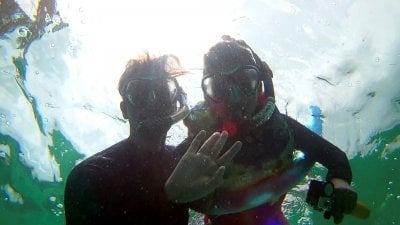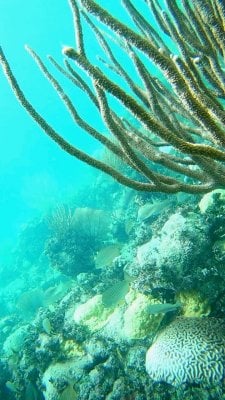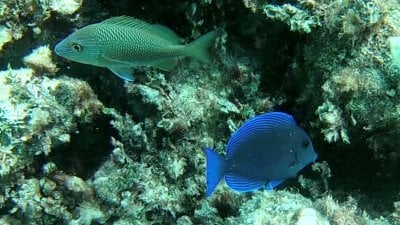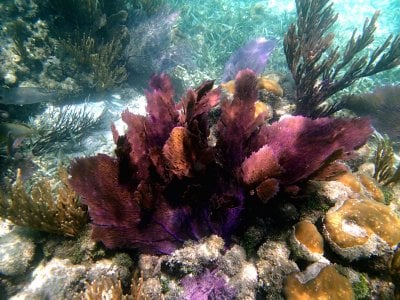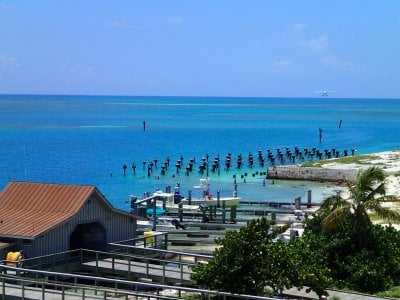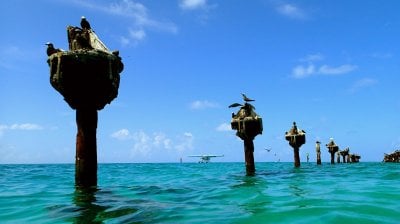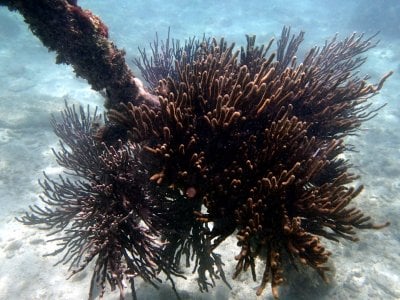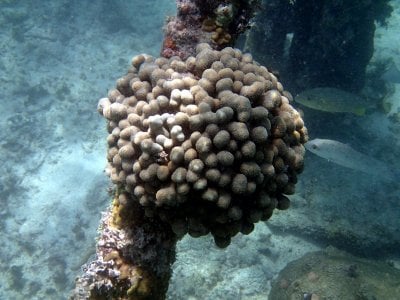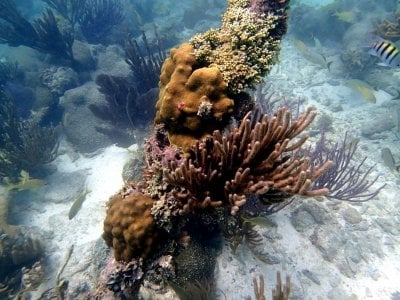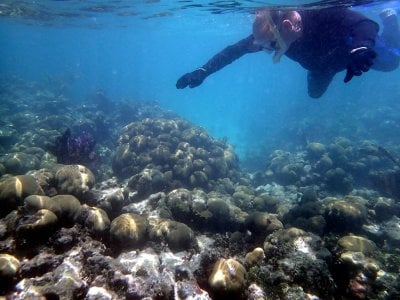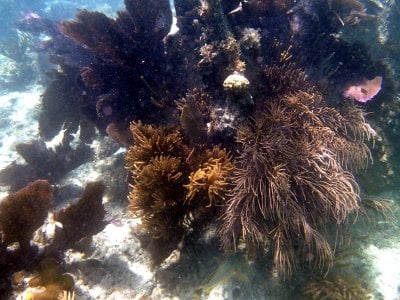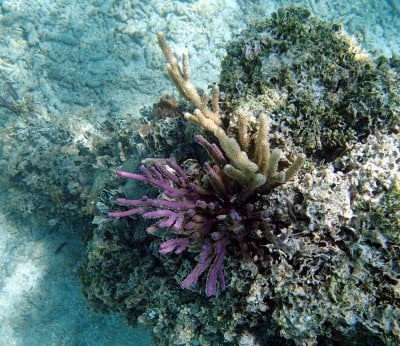Ok, I'll do some zoa photos from our trip and later, after they have settled in some and open up fully, I'll do a couple of the zoas we collected (not many). I'll start with what is probably the best photo Elaine took of the zoas that are open. They are mostly 3 shades of green with the face having the look of an old spoked wagon wheel. Some have as few as 2 spokes, a very few don't have any. I've seen several shades of green in the wild. And in my tank I've set some up high on a tall rock and these nice green zoas morphed into a light sky blue. But if they are removed from the intense light they do go back to being green.
 P8020035 by Ron Lindensmith, on Flickr
P8020035 by Ron Lindensmith, on Flickr
Here is a batch that are a lighter shade of green and many don't seem to have any 'spokes' at all on the face.
 P8020028 by Ron Lindensmith, on Flickr
P8020028 by Ron Lindensmith, on Flickr
We see a lot of them that look like this in the wild, not fully open. At this site they seem to like being attached to sponges which are all over the sand. At an island not 1 mile away there are big flat rocks several feet in diameter that are covered with these zoas. But there aren't many sponges there. And they are very difficult to collect of big rocks given you are only allowed 5 polyps per saltwater fishing licenced collector per day. But here, attached to sponges and small rubble they often grow, get turned over by wave action and then have to reach for the light. They have heads that are very zoa like, but have necks (trunks, stalks... whatever) like palys. But on the big rocks at the other site you never see them extended out like this. They keep their head pulled down tight against the rocks.
 P8020080 by Ron Lindensmith, on Flickr
P8020080 by Ron Lindensmith, on Flickr
And here is an even more common look for these zoas on a rock with a mostly white rock flower anemone.
 P8020132 by Ron Lindensmith, on Flickr
P8020132 by Ron Lindensmith, on Flickr
 P8020035 by Ron Lindensmith, on Flickr
P8020035 by Ron Lindensmith, on FlickrHere is a batch that are a lighter shade of green and many don't seem to have any 'spokes' at all on the face.
 P8020028 by Ron Lindensmith, on Flickr
P8020028 by Ron Lindensmith, on FlickrWe see a lot of them that look like this in the wild, not fully open. At this site they seem to like being attached to sponges which are all over the sand. At an island not 1 mile away there are big flat rocks several feet in diameter that are covered with these zoas. But there aren't many sponges there. And they are very difficult to collect of big rocks given you are only allowed 5 polyps per saltwater fishing licenced collector per day. But here, attached to sponges and small rubble they often grow, get turned over by wave action and then have to reach for the light. They have heads that are very zoa like, but have necks (trunks, stalks... whatever) like palys. But on the big rocks at the other site you never see them extended out like this. They keep their head pulled down tight against the rocks.
 P8020080 by Ron Lindensmith, on Flickr
P8020080 by Ron Lindensmith, on FlickrAnd here is an even more common look for these zoas on a rock with a mostly white rock flower anemone.
 P8020132 by Ron Lindensmith, on Flickr
P8020132 by Ron Lindensmith, on Flickr




 P8020105 R2
P8020105 R2 P8020106 R1
P8020106 R1 P8020069 R1
P8020069 R1 P8020070 R1
P8020070 R1 P8020168 R1
P8020168 R1 P8020170 R1
P8020170 R1 P8020022 R1
P8020022 R1 P8020166 R1
P8020166 R1 P5070218R1
P5070218R1 P5070261R3
P5070261R3
 20180811_142928
20180811_142928 20180811_143001
20180811_143001 20180815_121922_001
20180815_121922_001 Fort Jefferson from the boat P7090454R1
Fort Jefferson from the boat P7090454R1 P7090281
P7090281 P7090066
P7090066 fort from snorkel view P7090096 (2)R1
fort from snorkel view P7090096 (2)R1 P7090076
P7090076 P7090282
P7090282 P7090095
P7090095 P7090342
P7090342
 P8180046
P8180046 P8180024
P8180024 20180820_062845
20180820_062845 20180820_063043
20180820_063043
